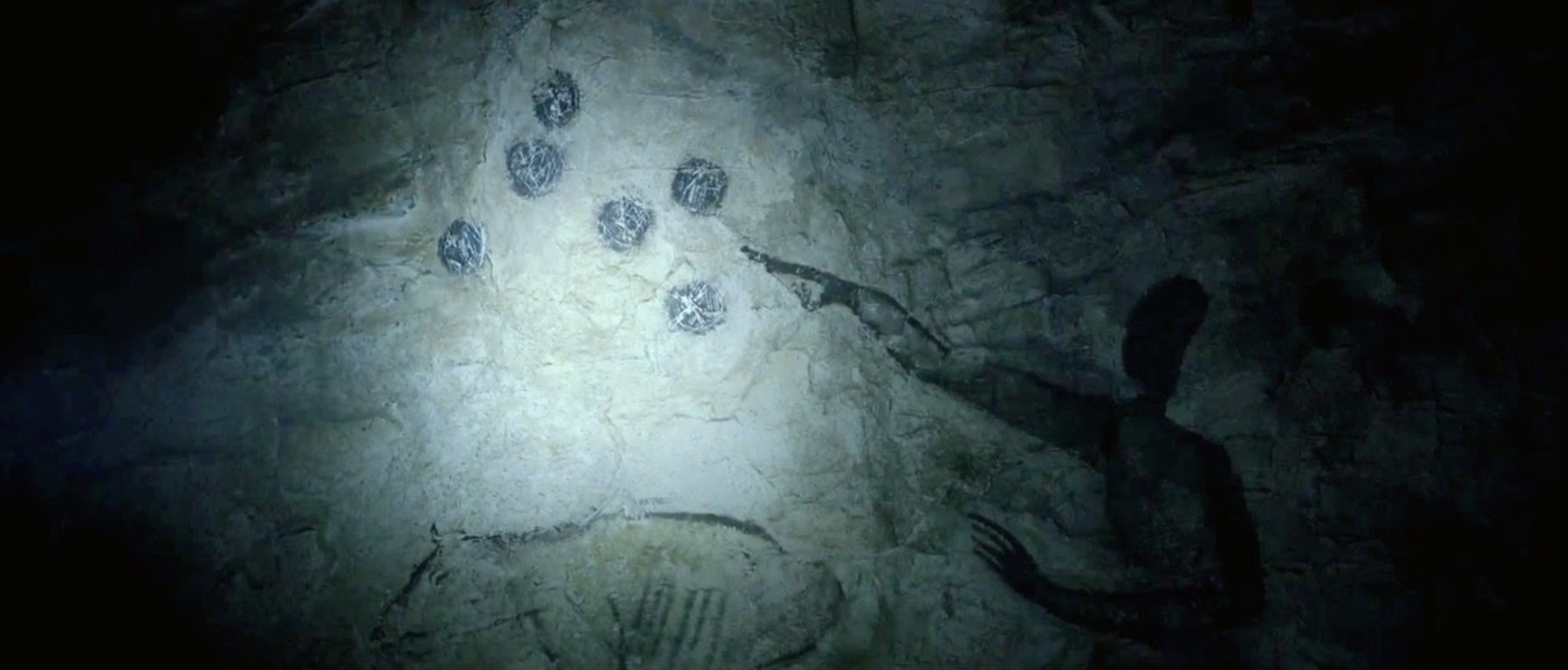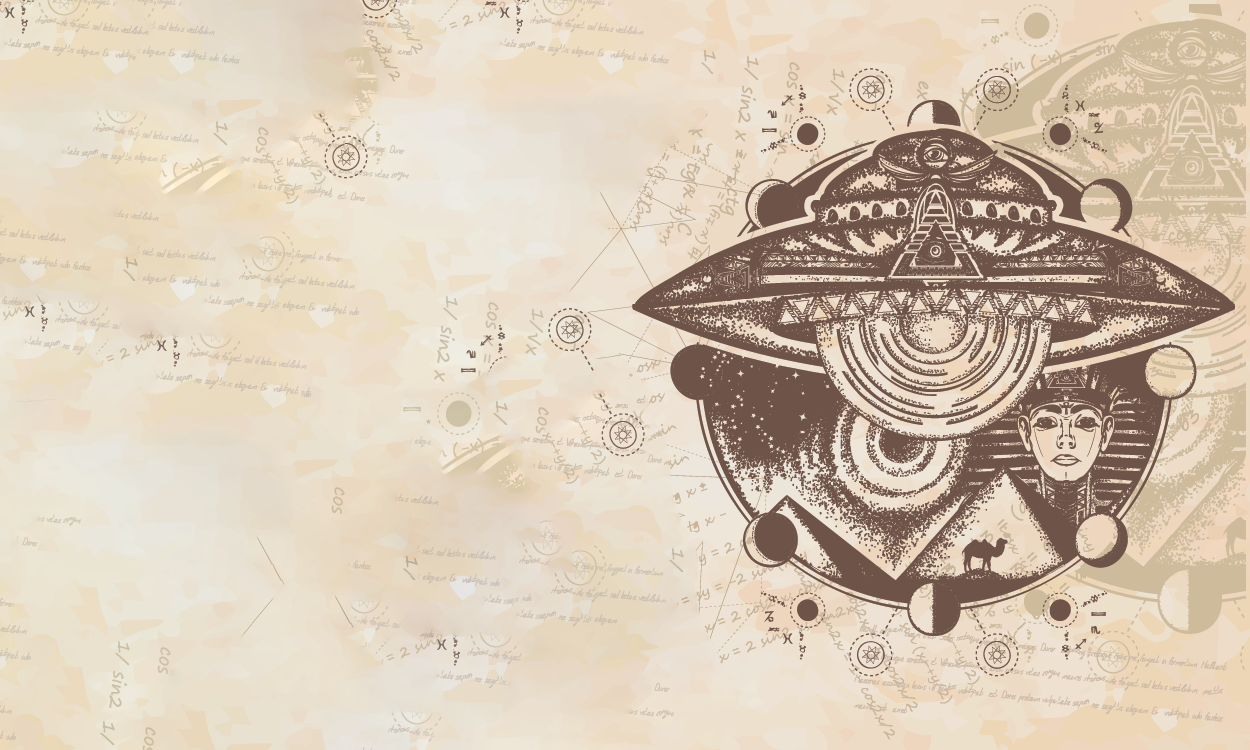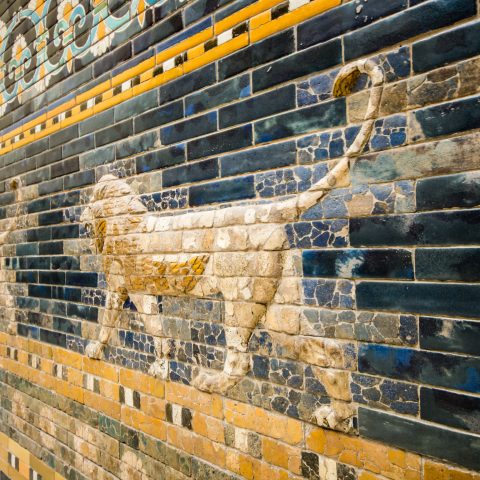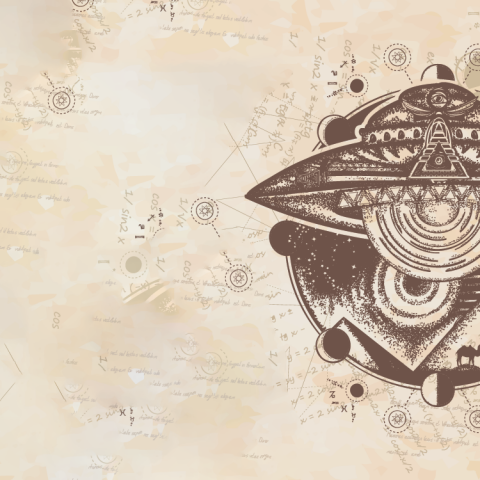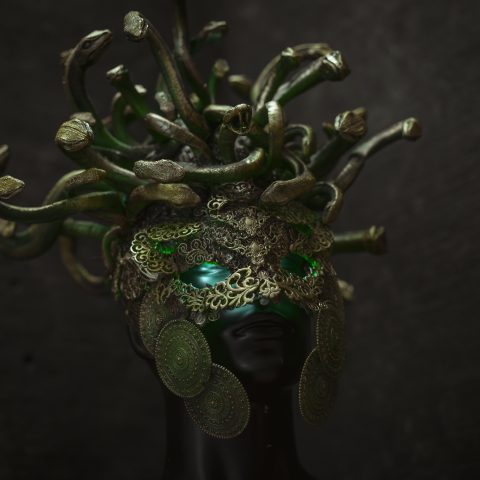There is an ancient culture deep inside northwest Africa, specifically in Mali. This may be one of the earliest and most fascinating ancient cultures ever to have existed on Earth.
In ancient Dogon culture, massive masks, wooden sculptures, and ritual dances were key parts of the tribe’s religious practices.
Aside from their Astronomical knowledge, they are also very familiar with fascinating mythological stories.
They have an interesting history and culture. Many of their myths and legends date back thousands of years, possibly even predating their own history.
The Dogon were a people who originated in Africa but fled to ancient Egypt in response to religious persecution, according to some scholars, such as Robert M. Schoch.
His claim is that Dogon traditions and myths may even have survived into contemporary times, along with their powerful cosmic connection.
Sky is of paramount importance to the Dogon people. The very first creature known as the Nommo is said to have been created by the sky god Amma in Dogon mythology.
In addition to being regarded as ancestral spirits, the Nommo are also described as being hermaphrodite, amphibious, fish-like creatures.
Water masters, monitors, and teachers are all titles often used to describe them.
Dogons believe these beings were created in the distant past by Amma, their sky god.
Immediately after Amma created the first Nommo, they multiplied into four pairs of twins. According to legend, one of the twins rebelled against Amma and the universal order created by God.
Oddly enough, Amma is also called Amen. Despite being often referred to as a male, Amma symbolizes both male and female principles, which makes her a more appropriate term for a gender-neutral entity.
In order to restore peace and order, Amma sacrificed a Nommo and dismembered its body, dispersing its fragments throughout the universe. The universe was once again at peace.
Yet are these ancient tales really myths and legends?
A study of the Dogon tribe in northwest Africa was conducted between 1931 and 1956 by French anthropologists Marcel Griaule and Germaine Dieterlen.
As part of Griaule’s research about the Dogon, he spent thirty-three consecutive days conversing with a hogon (Dogon shaman) named Ogotemeli.
Griaule detailed Dogon knowledge of plants, cosmogony, and other things in almost three thousand pages devoted to the beliefs of the ancient tribe.
Dieterlen and Griaule are alleged to have learned some secrets from the Dogon.
The Dogon explained the Nommos were the inhabitants of a distant alien world circling around the star Sirius.
Nommos are thought to have come from the sky in a vessel accompanied by thunder and fire.
All of the astronomical knowledge of the Dogon Tribe is said to have come from the stars, more specifically, from a God of the skies. It is also maintained by a number of authors that the Dogon’s knowledge of Sirius A and B was given to them by beings, not from earth.
As a way to honor the Sky Beings’ visitation and legacy, the Dogon celebrate a festival.
It is during this festival that the Dogon wear wooden masks that depict beings that are completely different from humans, but nonetheless humanoid in nature.
The Nommo came to Earth as amphibious beings, so they created a reservoir of water to dive into, as without water they would not survive.
According to the myth related to Griaule and Germaine Dieterlen:
“The Nommo divided his body among men to feed them; that is why it is commonly said that as the universe drank of his body,” the Nommo also made men drink. He gave all his life principles to human beings.” The Nommo are also thought to be the origin of the first Hogon. (Source)
The Hogon is the village’s spiritual leader. His election is decided by the oldest men in the village.
Additionally, the Dogon explained to Griaule and Dieterlen how their God Amma is said to come from a specific star in the constellation of Sirius.
Modern astronomers refer to it as Sirius B, while the Dogon refer to it as Dogon Po Tolo.
What is the source of this knowledge?
Strangely, Sirius B is so far from Earth that it can’t even be seen with naked eyes.
There are about eight light-years between Sirius and our star system, making it the second nearest star.
This is where things get really interesting.
The first discovery of Sirius B was made by German astronomer Friedrich Bessel, who noticed that the star’s proper motion was changing due to an unseen companion. The first observation of the dim companion was made by American astronomer Alvan Graham Clark on January 31, 1862.
Nevertheless, ancient Dogon knew Sirius B existed long before modern astronomers could see it through telescopes.
It begs the question… how did the Dogon get their knowledge?
Did they really receive it from the Sky Gods? If not, what could the reason be?
Astronaut theorists claim that ancient beings known as Nommo might have taught them this knowledge and that these beings could possibly have been extraterrestrials.
Modern critics suggest that Dogon astronomical knowledge was taught to them by modern ethnologists in order to clear up the mystery and explain how the Dogon got their knowledge. Several authors have argued, however, that it’s incorrect since it is well known that the Dogons’ stories about Sirus date back hundreds of years before any modern ethnologists ever traveled to Mali and studied the ancient Dogon.
As a result, a dilemma arises. It is even more difficult to understand the Dogon due to its incomprehensibility.
In the event that anyone was to prove the Dogon’s claims are accurate, this would be a huge breakthrough. We would know that beings from outer space visited the earth thousands of years ago and interacted with cultures all around the world.
All of this means the Dogon inherited that knowledge of astronomy. Dut, where did it come from? Did they learn it from an ancient civilization? Could all of their knowledge have come from the stars, as some of their oral legends suggest?
